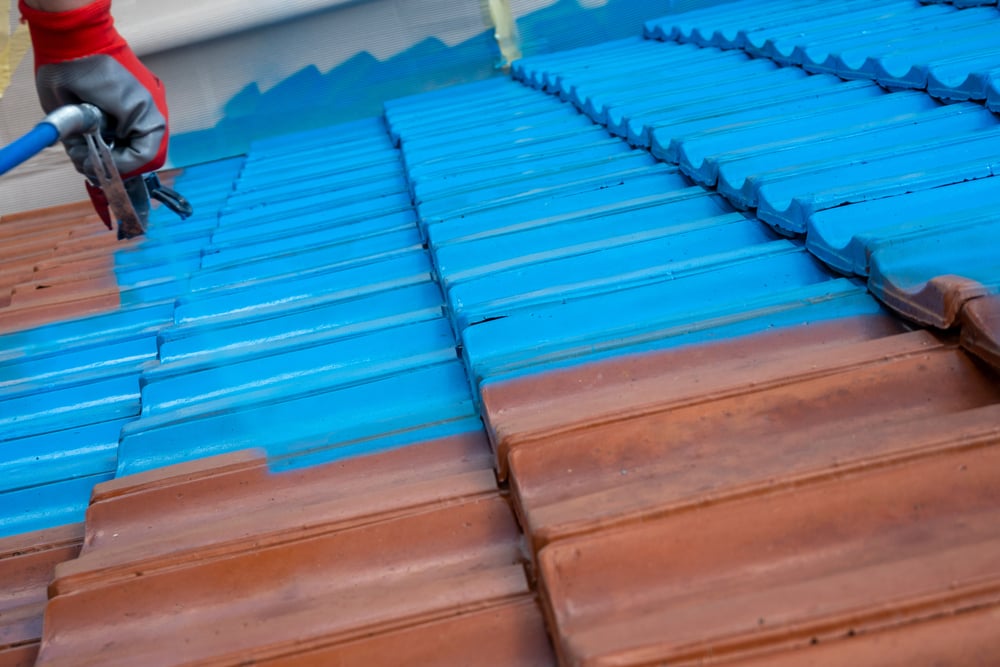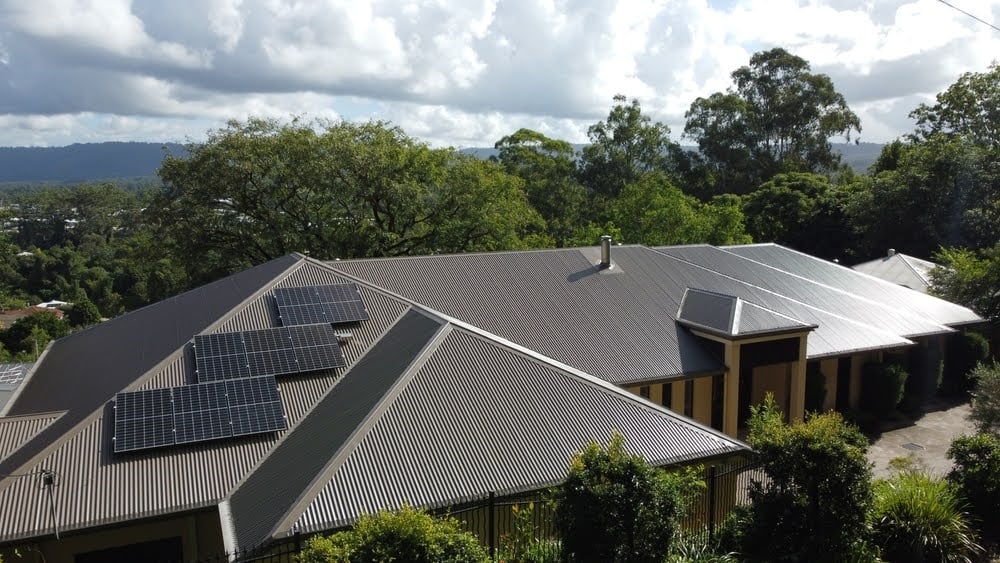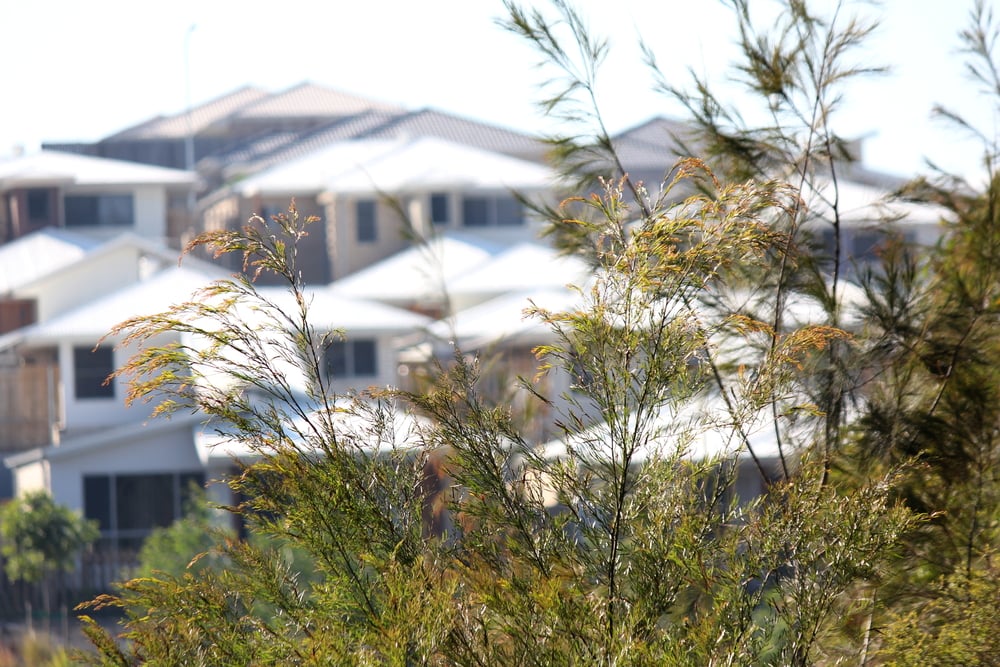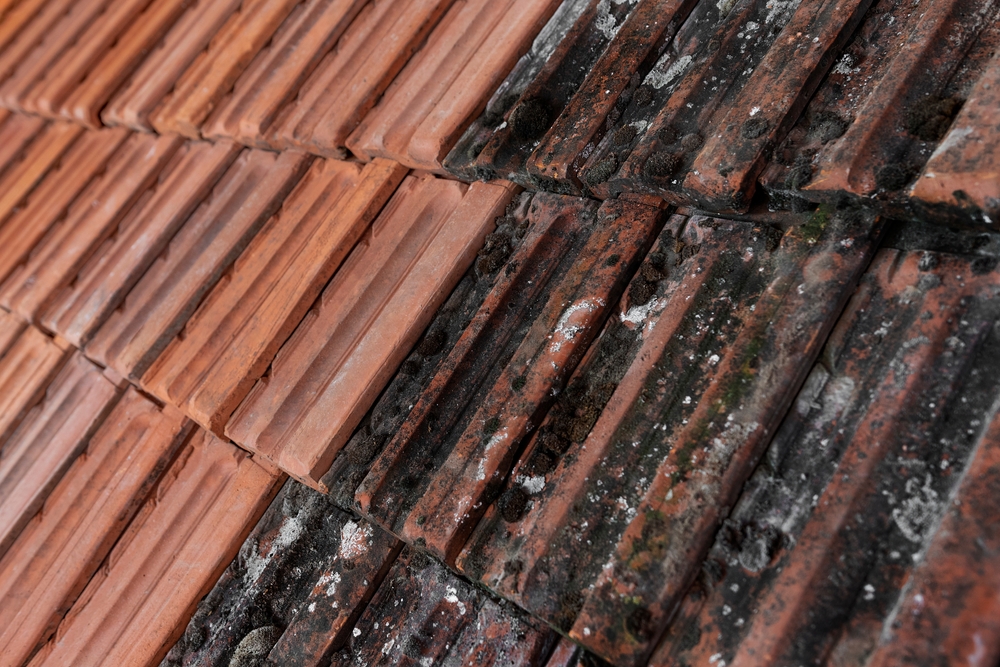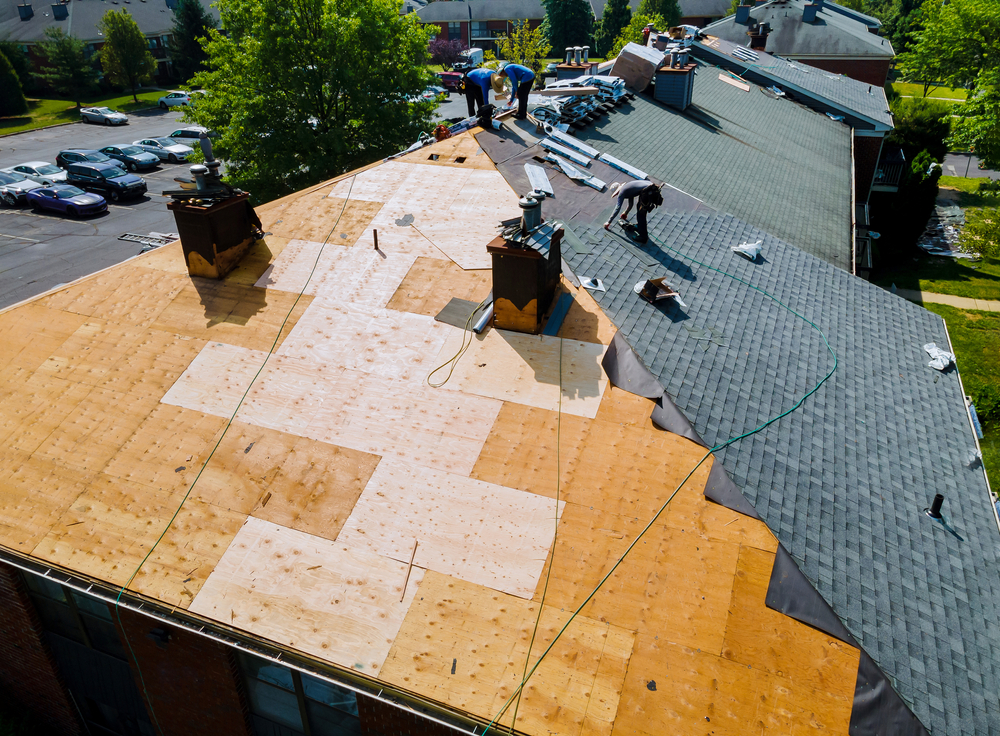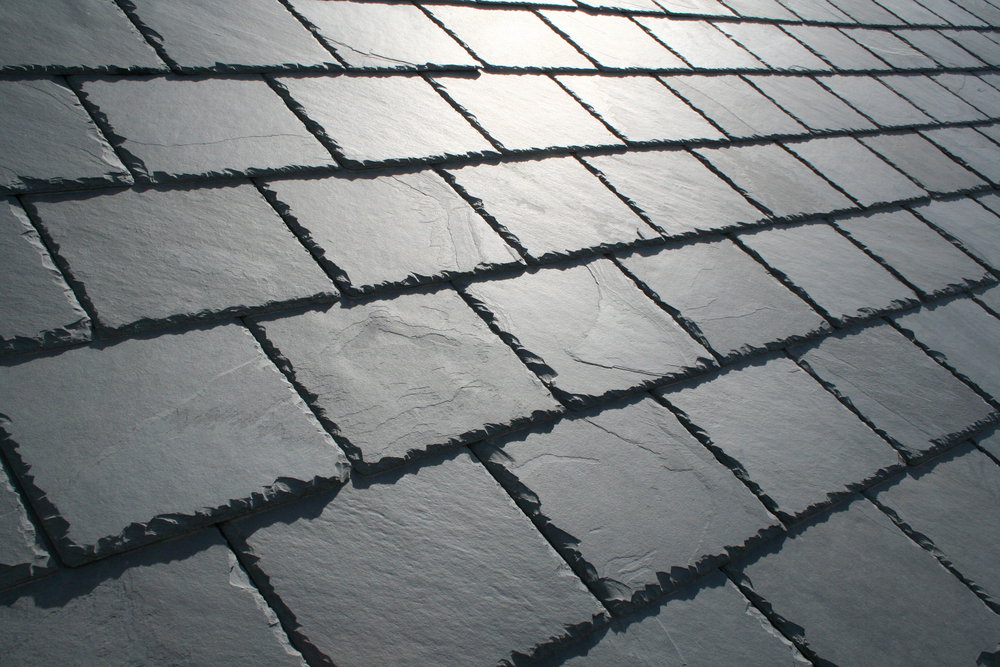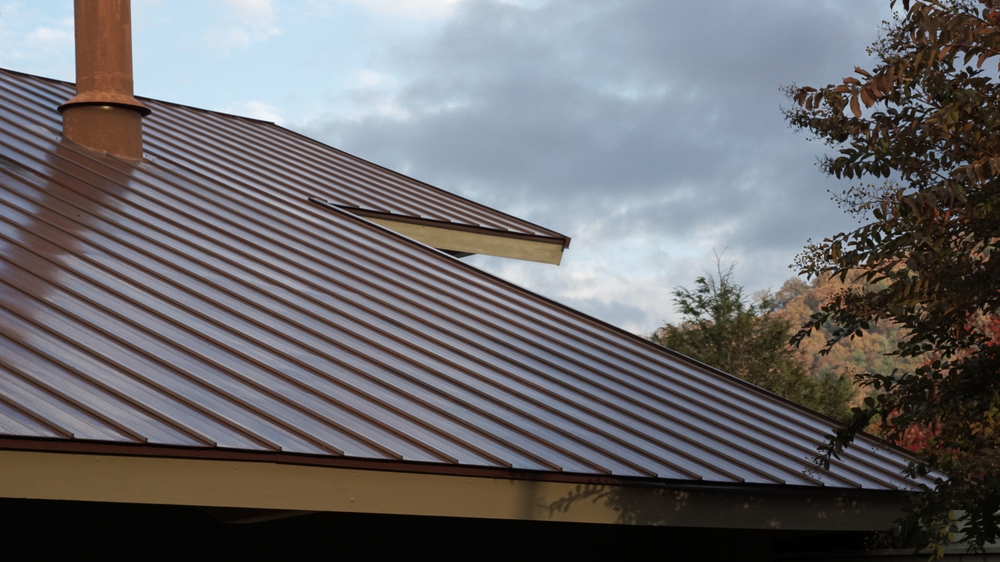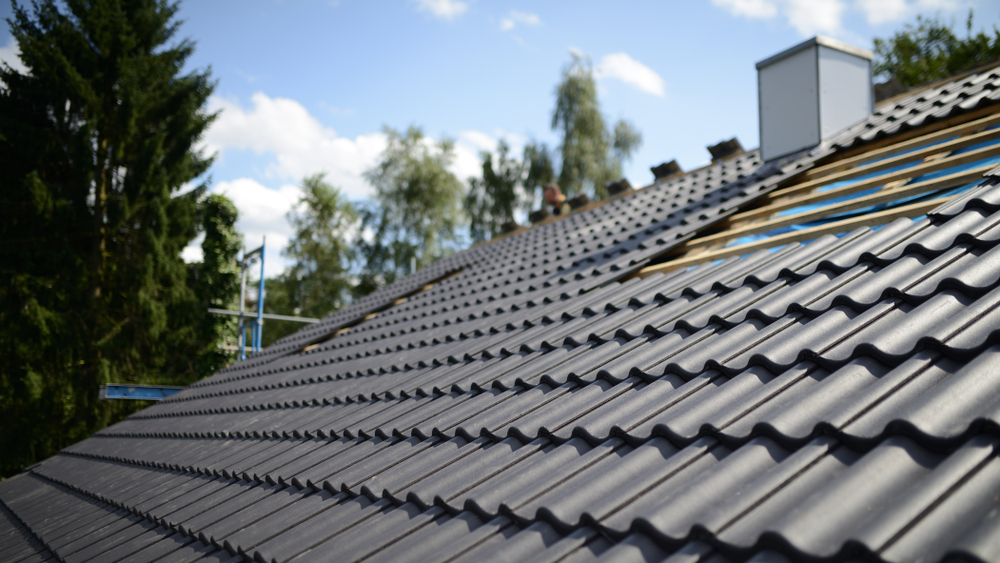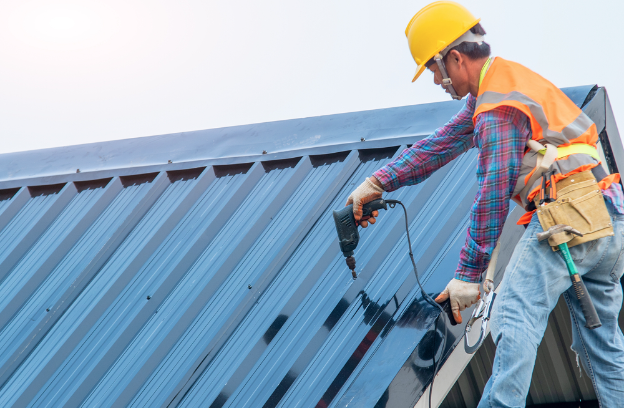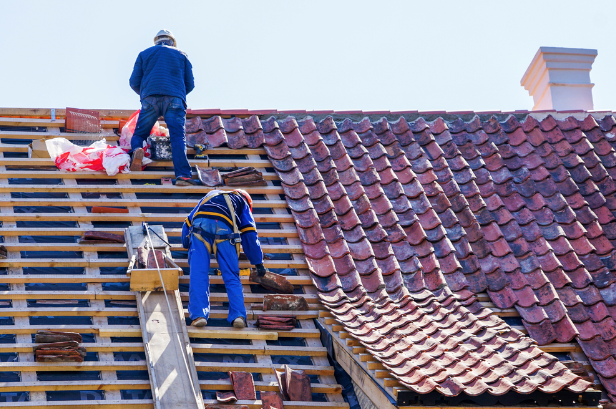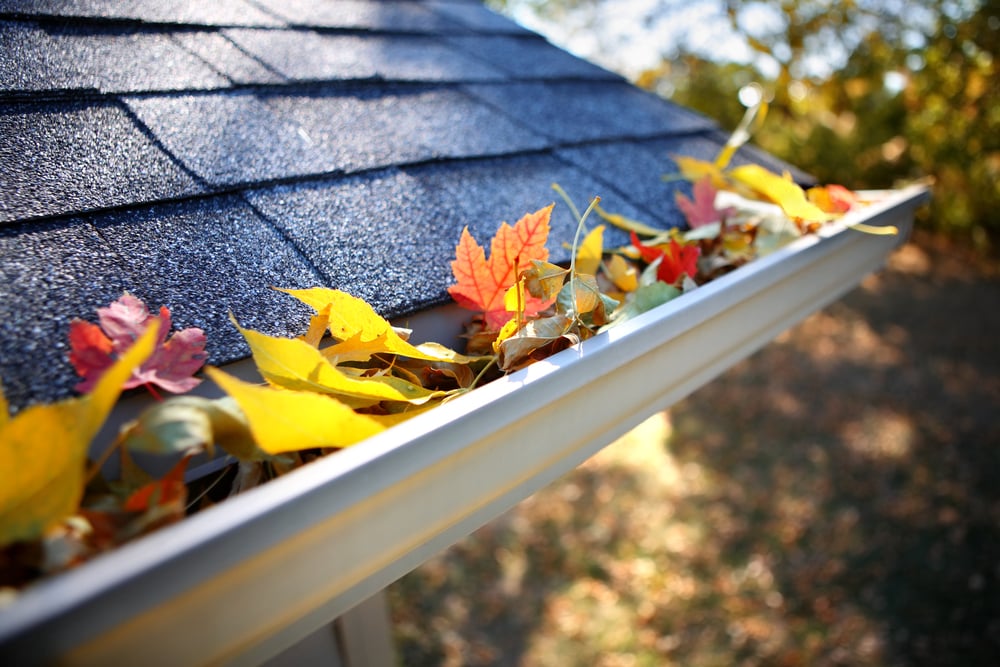
Jul
New Year, New Roof
The New Year is here and as you know, it’s the perfect time to look at everything in your life and see what needs a closer inspection. One of course, is your roof. Should you repair or re-cover or even replace your roofing? It’s really an exercise in timing. But remember, eventually, all roofs wear out and need to be replaced. You don’t want to wait too long, because then you’ll waste money. But you also don’t want to wait too long because then you’ll end up with leaks and expensive water damage. So how do you get the timing right? In this post, we share how to inspect your roof and tell-tale signs to help you decide whether to undergo repairs or roof replacement.
Inspection
The first step to be taken, before beginning the decision process, is to estimate the remaining service life of the roof. This estimate is derived from factors that include water infiltration, moisture trapped in the underlying insulation, aggregate movement across the roof, bituminous membrane slippage or embrittlement of single-ply membranes, all of which can be determined by a roofing expert.
Check the condition of your roof at least once a year, then you should be able to plan in advance for necessary repairs.
Early signs of trouble include:
- dark areas on ceilings
- peeling paint on the underside of roof overhangs
- damp spots on the ceiling; and,
- water stairs on pipes venting the water heater
From the outside, warning signs include:
- cracked caulk or rust spots on flashing tiles that are lifting or falling apart
- worn areas around pipes, guttering, skylights etc.
Black algae stains are just cosmetic, but masses of moss and lichen can signal roofing that’s decayed underneath.
If you’re inspecting on your own and find worrisome signs, especially if your roof is old or there’s been a storm with heavy wind, hail or rain causing leaks, then you should get it checked out.
If most of your roof is still in good shape, a spot repair makes sense. But if there are signs the roof is wearing out, or if it is more than 20 years old, replacing it may be the smarter choice.
When to repair
You can usually repair a leak in a roof that otherwise is generally sound. The cost might range from just a few dollars, the cost of roofing mastic to fill gaps to more of an investment which might to fix a leak in a roof valley.
Repairing an existing roofmembrane or replacing sections or parts of a roofing system become difficult to justify if the deterioration leading to the need for a repair is due to long-term exposure to the elements or the advanced age of the roof. If the deterioration is extensive, the application of a maintenance coating will rarely solve the problem. Replacing deteriorated base flashings or pitch pockets may eliminate a specific source of water intrusion, but the extensive replacement of isolated components will rarely be cost effective. Also, the interface of the new repair elements with the old deteriorated roof membrane is difficult to perform with a consistent level of quality.
If the roof is leaking because the existing system is aged, it will be just a matter of time before the entire system will need to be replaced. In those cases, the cost of the temporary solutions may not be justifiable; the money would be better spent recovering or replacing the roof.
Re-covering Roofs
The installation of a new roofing system over an existing roof is, if viable, an alternative approach to roof replacement. The major advantage to this approach, known as recovering, is the cost savings associated with not having to remove and dispose of the existing roof membrane. Another advantage is the reduction of materials sent to landfills because labor, disposal and trucking costs are high and are climbing faster than material costs.
There is also an opportunity to improve the thermal performance of the roof system because most recovers include the installation of a thin section of insulation or other material to separate the new roof membrane from the existing roof membrane. A final advantage that recover has over replacement is that the existing membrane stays in place, protecting the interior from water damage while the new roof is being installed.
As with repairs, an issue that must be addressed prior to any recover is determining whether moisture is present under the existing system. Trapping water within an existing roof assembly is a problem that often occurs with improperly executed recover projects.
If moisture is present under the existing system, additional investigation is warranted. If the subsurface moisture is extensive it may be more practical and cost effective to remove the entire roof system and replace it rather than attempting a recover.
Another factor influencing whether or not a recover project is feasible is establishing how many roof systems or layers are currently in place, which requires making inspection openings. Most modern building codes allow a maximum of two non-ballasted roof systems on a structure, mostly due to the weight associated with the roofing materials. Other code-related issues are wind up-lift and fire resistance, which the building’s insurance carrier may also influence through specific requirements. The length of the warranty required for the new roof also needs to be considered, because many roofing manufacturers will limit the duration for the warranty available on recover projects.
Roof Replacement
The complete removal and replacement of an existing roofing system, known commonly as a tear-off, is warranted if one or more of the following situations exist:
- Tear-off is mandated by the building code.
- The existing roofing system has deteriorated beyond being serviceable as a substrate for a
- re-cover system.
- There is extensive moisture below the membrane.
- The existing roof system attachment cannot provide the wind uplift resistance or fire protection required for the new roof assembly.
- There is significant deterioration to the underlying structural deck.
- The existing roof assembly contains
- phenolic foam insulation, which, when wet, may create sulfonic and formic acids that will promote the corrosion of steel.
A typical building will accommodate several roofs throughout its existence. Educated decisions pertaining to maintenance, repairs, recovers or replacements can only be made when there is a thorough understanding of the roofing materials and their relationships within a system and to the building.
Here are some questions that help your decision to replace vs other methods:
- What time constraints are you under?
If there aren’t any, you can choose either option. But if you need to fix a leaky roof by next weekend or you’re leaving on vacation in a couple weeks, you may not have time to wait for a contractor to schedule a roof replacement.
- How old is your roof?
If it’s relatively new or even in the middle of its life cycle, a repair might be okay. But if it has a 20-year warranty and it’s 18 years old, replacing the whole roof may be the way to go.
- How big of an area is currently in need of repair?
- What’s the additional cost to replace your entire roof?
- Do you have any moisture damage to your roof deck?
- Do you need to replace your gutters as well?
If it’s time to install new gutters, it may be more convenient for a contractor to just rip off the old guttering, lay down a new roof, and put on a new gutter system all at once.
The best option might not only be replacement, but replacement with a different material. Other than its extremely long lifetime, metal roofing will rarely require repair (unlike tile and slate that, while characterized by the longest life spans in the roofing world, are also brittle, often leading to many smaller repairs over their lifetimes). Chances are, if your metal roof has aged long enough to require repair on any kind of frequent basis, it has already done its job for decades and should be retired and replaced. If a metal roof is damaged by impact, there is a high probability that repair will fix the damage for good and the roof as a whole will perform well for years to come.
More than just a roof
The cost of a new roof is a big investment, but make it more than just a shelter over your head, incorporate features that make your home more environmentally friendly some of which lead to reduction of costs like cooling and heating. You can also choose roofingthat’s more resistant to fire or damage from wind and hail.









